|
By Manuel Players: 1 Platforms: Nintendo Switch, XBox, PlayStation 5, PC Arriving just in time for the spooky month, Paper Ghost Stories: Third Eye Open is a horror-themed adventure game that's steeped in Malaysian cultures and traditions. Not only that, but it has quite the striking visual look, and maybe has more lying just beneath the surface. Paper Ghost Stories: Third Eye Open (Which I'm going to simply refer to as "Paper Ghost Stories" from now on.) comes to us by way of developer Cellar Vault Games, and publisher Chorus Worldwide Games. It's out now on just about every current platform, and we're going to be looking at the Nintendo Switch version today. There's going to be a lot to cover here, so let's cut the intros a bit short and dive right in! Paper Ghost Stories puts you into the role of Ting, a young girl who has the ability to see and communicate with spirits. Upon moving to a new city she happens upon the ghost of a girl named Xiu. Xiu is slightly older than Ting, but she has no recollection of her previous life before becoming a ghost. Being a solitary girl who has trouble making friends, Xiu eventually becomes Ting's closest companion. It's not just the spirit world that Ting has to deal with, as there are problems at home too. Ting's parents have widely differing views as to how they should be raising her, with her father especially not liking the fact that Ting has what he thinks is an imaginary friend. Not only that, but he also feels that Ting is becoming too rebellious, and not respecting his authority. Her mom on the other hand is far more forgiving to anything Ting does, and this rift between her parents causes a lot of conflict within the household. If that weren't enough, Ting is constantly getting into trouble for being a bit too curious about the spirits around her. In just one year's time she comes across a deadly spirit in the woods, discovers the secret behind the death of a boy who drowned at her preschool, and she even explores a house in her neighborhood that everyone says is haunted. Ting experiences it all, and is changed by each and every encounter with these spirits. Even though Ting is very shy, she does establish a friend group who trust her and want to help. Xiu is always by her side to of course, and does her best to guide and protect her. Both of those tasks are rather difficult as she is a ghost, but the bond between the two is the heart of the story. What may at first seem like a series of random events eventually coalesces into something that has far-reaching consequences. Ting has to ask herself several hard questions. Namely if the all the negative aspects of her life are the fault of the people around her, or the doing of a malevolent spirit. I really don't want to spoil too much of the plot of Paper Ghost Stories than I already have, as I truly do think that it's the best part of the game. It weaves its way through five years of Ting's life, and tells more than just a simple story regarding ghosts. Though there are plenty spooky elements here and there, it's the humanity of the characters that's most important. Xiu is just as important to the narrative as Ting, and the dealings with spirits often take a backseat to the events going on in Ting's household. Ting's father in particular can be seen as something of a villain early on, though we are given a glimpse into why he acts the way he does. I'd also be very remiss if I didn't mention that the game is steeped in Malaysian culture and myths. You'll see night and day markets, learn about Malaysian food staples, and more. The text is even presented in a style of broken English that is common in the country. Malaysian and Chinese terms are sprinkled throughout, and the game gives you translations to them, as well as notations on cultural aspects that might be unfamiliar to those outside of Malaysia. This is a very neat look into another culture, and it can't be overstated how unique this aspect of the game is. The plot sometimes goes slower than I would've wished, but I can forgive that in this setting. I'm not actually sure as to how accurate the game's depiction of Malaysian culture is, but I hope it's spot on as it's what kept me invested. Oh, and now is as good a time as any to mention that this is actually a period release. The story it tells takes place in the early 2000s, so prepare for all sorts of references to that time period as well. I honestly think that this would've made a great TV series, or something else of that sort. The story and characters are deep and complex, with standouts like Ting and Xiu being particularly endearing. The twists and turns comes at you from left field too, and you'll always be left wondering what lies around the next chapter. I still have a lot to say about the game, but if you choose to go into it purely for the story, I'm positive that you won't be disappointed. At its heart, Paper Ghost Stories is an adventure game, but one with a stronger focus on the narrative. I'm reminded a lot of Telltale's The Walking Dead game, as they both have limited inventory management, and a reliance on quick time events. QTEs are probably no one's favorite gameplay activity, but thankfully they aren't overly abundant here. You're usually given enough time to act on them, and you're usually reset very quickly if you fail. Inventory management is kept equally simple, with most tasks only requiring you to collect a series of items, and then take them to a final location. There are some puzzles to be found within the game, but I never found them to be very challenging. Most of them involve correctly placing items into empty slots, though some walk you through the process completely. The only aspect of the gameplay that I think is a true negative has to be the stealth sections. There are several areas of the game where you'll be forced to avoid the gaze of a character or ghost, and being spotted means you'll have to restart the current section. I actually got through most of these with ease, but my problem with them is that they all seem to be broken in some way. There were times where I felt I should have been caught, but I wasn't, and others where I was completely hidden but was forced to restart anyway. Given that these are all placed in rather dramatic moments, sometimes even acting as a sort of "boss fight", it often ruined whatever mood the game was trying to set. It's not a deal breaker by any means, but it does put a damper on what would've been a near perfect game otherwise. My next complaint is a bit of an odd one, so bear with me. Paper Ghost Stories doesn't allow you to save manually, and instead saves regularly when certain chapter checkpoints are reached. I found this to be somewhat annoying as there are a few parts of the game where things branch out if you make certain choices over others. This wouldn't be too bad if you could simply go back to a previous save to see what the other path might've held, but that's impossible here. You can go back to the start of any chapter at any time, but that's a poor substitution for giving players control of the save system. I can only assume this was done on purpose, but it makes going through the story difficult when you feel like you've made a "mistake" in dialogue, but are unable to undo it. Somewhat realistic or not as far as consequences go, it was my biggest annoyance with the game. Thankfully I played it on the Switch, which has no achievements, as the autosave mechanic can make getting those an absolute nightmare. Thankfully you don't have to worry much as far as progression is concerned, as the game mostly railroads you to the next goal. There are always a few extra bits to check out, but you'll pretty much never get lost. Ting has a neat journal that outlines the events found in each chapter, and you can use this to guide you to the next location. Of course getting to the end of a chapter can sometimes mean different things, but that goes back to the issue I mentioned earlier. All that said, I have to admit that the autosave thing is something that many gamers won't even care about. As long as you're fine with the occasional wonky stealth section, you'll find plenty to enjoy here. I know I mentioned that the plot is the best aspect of the game earlier, but I think it's a given that the graphics follow behind as a close second. Paper Ghost Stories uses a paper theater aesthetic that is modeled after joss paper. Joss paper is usually burnt in offerings to spirits, though crafts can also be made using it. Cultural notations aside, this aesthetic gives the game a look and feel that you'll find nowhere else. This goes for everything in-game to, as the characters, buildings, and even everyday objects are all depicted using it. Scenes also pop up in a storybook-type way, and there's a depth to everything that makes the otherwise flat papercrafts feel alive. It's something that can't really be conveyed via words or pictures, and has to be seen first-hand to be truly appreciated. While the graphic style is impressive on its, not everything about the visuals is perfect. I personally was not a fan of the style used in the character portraits, especially those used for showing emotions. I'm not sure if it was simply the limited pool the game had to draw from or what, but they often felt off in a way I couldn't put my finger on. They weren't horrible by any stretch, but they often failed to convey whatever message the game was going for. I will admit that this is probably a matter of personal preferences regarding a particular style of illustration, but it kept me from loving the graphics as fully as I wanted to. I should also point out that the game ran perfectly fine on the Nintendo Switch, without a hiccup worth mentioning. Even playing the game in what has to be a sub-optimal way, I was still impressed by the visual effects seen during the intense ghost sessions. I guess you'll just have to take my word on that part of the game though, as I really don't want to get into too much detail regarding them. I've been mostly raving about Paper Ghost Stories throughout this review, but there is one aspect of the game that I found to be quite lacking. Horror-themed games can sometimes live or die by their soundtracks, and the one we get here falls squarely in the middle of that spectrum. I'm actually not 100% sure that there even is music to accompany much of the game, as I rarely heard any during my playthrough. There were many times where I maxed out my TV's volume to see if there was music or not, and I'm still a bit unsure if there was any half of the time. Much of the game plays in silence, with sounds falling more on the atmospheric side of things. I don't want to make it sound like the game has no music at all, as it definitely does pop up in the dramatic or scary scenes, but it was few and far between. I guess one could say that this gives the game a cinematic feel, but I can't bring myself to say that considering the rest of the sound design in general. Not only is the music barely there, but there are very little sound effects as well, and absolutely no voice acting to speak of. As far as voice acting goes, I have to say that I was not expecting to find it here anyway. This is a small, independent release, and expecting hours and hours of dialogue to be voiced is expecting far too much from a small developer. Allowing for that doesn't excuse the missing sound effects though, as several actions don't seem to have them at all. Obviously the core, story-related actions do, but much of the game is spent moving from Point A to Point B with only the barest of sounds accompanying you as you go. This doesn't cheapen the experience in greater, and I must say that the music is actually really good once it decides to kick in, but it does make everything feel a bit more hollow than it should be otherwise. I went into Paper Ghost Stories thinking that it would be a short game, lasting only about 2 hours or so. Instead I experienced an 8-10 hour game (Possibly more depending on reading speed and skill level for the action sequences.) that went through several years of Ting's life. The narrative is rich and draws you in fully from the word go. You'll want to know what events will follow the bombshells found in previous chapters, and the game does a great job in revealing small bits about the characters throughout the entire course of the game. You'll be halfway through the narrative and suddenly rethink everything you thought you knew about Ting's family, and that too will be flipped on its head in the final chapters. There are even multiple paths through the game, but I can't really speak too much on that since going through the game a second time is a bit of a challenge without scene skip options found in visual novels. That minor caveat aside, it is a highly replayable game, and its current $16.99 price tag is a steal for the amount of content you get. Also, and I didn't notice this until I was researching the game's history for this review, you get another smaller game included for free. 7 PM is another paper theater style game that was released by the same developer a couple years ago. I didn't notice that you can choose to play it from the title screen, but it's right there in the corner for more observant gamers than me to find. It's a far shorter story, but its inclusion only adds to the overall value of this package. It probably goes without saying that I give Paper Ghost Stories: Third Eye Open the biggest of recommendations. It may not be the most polished game out there, but it manages to do so many things right in spite of its limitations. It offers good, simple, adventure-style gameplay, it's scary in ways that will most likely surprise you, it's full of cultural references most Westerners are probably unfamiliar with, and it just simply tells a great story that's worth witnessing. It's one of the best games I've played this year, and it's sure to go down as an underrated classic in the coming years. I really hope that the developers continue to release more games in this style, as I'm sure there are other great stories that have yet to be told. Pick it up on whatever platform you can today, and thank me later. I'll see you in the next one! Check Out Paper Ghost Stories: Third Eye Open on Nintendo Switch: https://www.nintendo.com/us/store/products/paper-ghost-stories-third-eye-open-switch/ Story: A+ Gameplay: A- Graphics: A Music/Sound: B- Value: A Overall: A- Pros: + A unique horror-themed adventure game that is unlike just about anything currently on the market. + The plot and character are well-written and endearing. You'll come to care about the bond between Ting and Xiu, and even the supporting cast will have their time in the spotlight. + The visual aesthetics of Paper Theater is something that has to be seen first-hand to truly be appreciated. Simply put, this game looks amazing. + Full of aspects of Malaysian culture. It almost feels worth playing for that fact alone. + Tells a tale that goes across five years of Ting's life, and features different paths along the way. + Not only is it available at a good price, but it even comes with an extra game (The developer's other paper theater style game, 7 PM.) too! Cons: - Some of the gameplay elements, such as the stealth sections and QTEs, can detract a bit from the overall experience. - Though possibly a matter of personal preference, I was not a fan of the style used in the character illustrations. - Mush of the game exists in silence. I'm not sure if there are long stretches of the game that feature only ambient sound, but the soundtrack is very sparse no matter what. - The autosave system makes replaying the game to see alternate outcomes more of a chore than it should be. A copy of this game was provided to us free-of-charge by the publisher for the purpose of this review. This did not affect our review in any way. #PaperGhostStoriesThirdEyeOpen
0 Comments
Leave a Reply. |
Search
Contributors◆ Angie
◆ Emily ◆ J.D. ◆ Janette ◆ JT ◆ Manuel ◆ Nestor ◆ Rose ◆ Sylvia ◆ Teepu ◆ Tiffany ◆ Winfield Archives
May 2025
|
© 2014-2025 A-to-J Connections. All Rights Reserved.

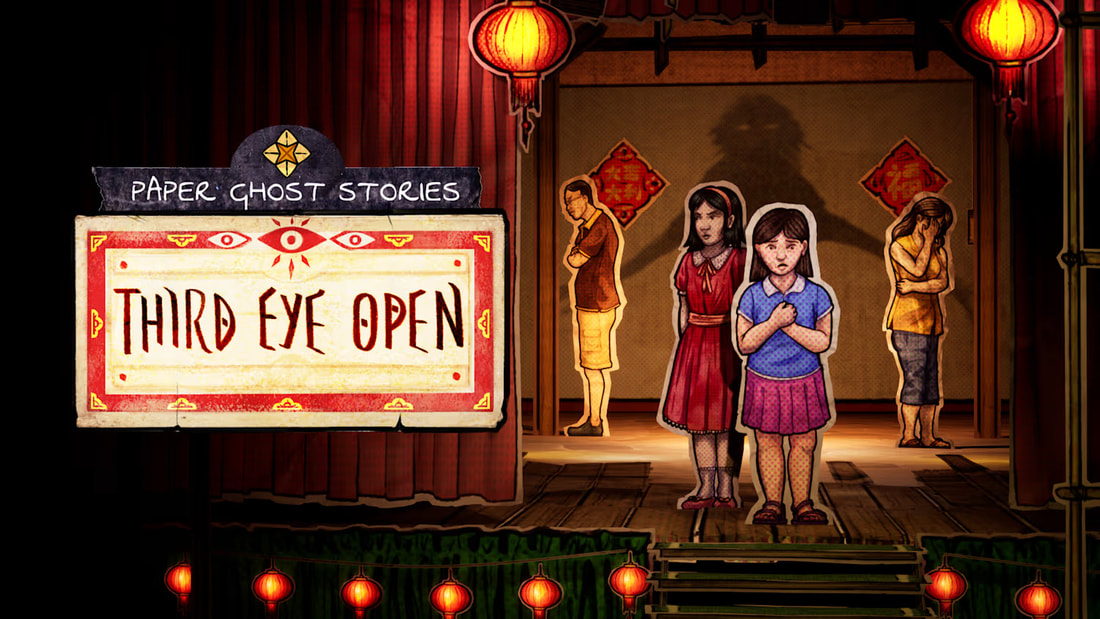
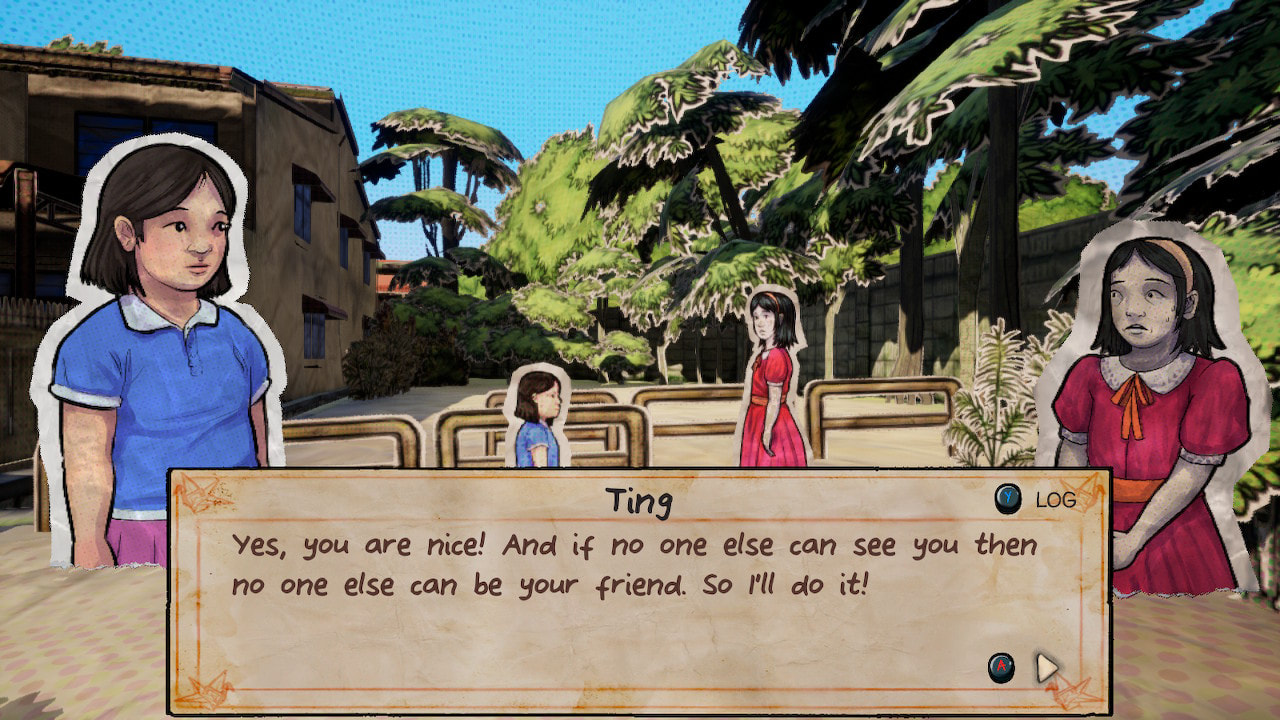
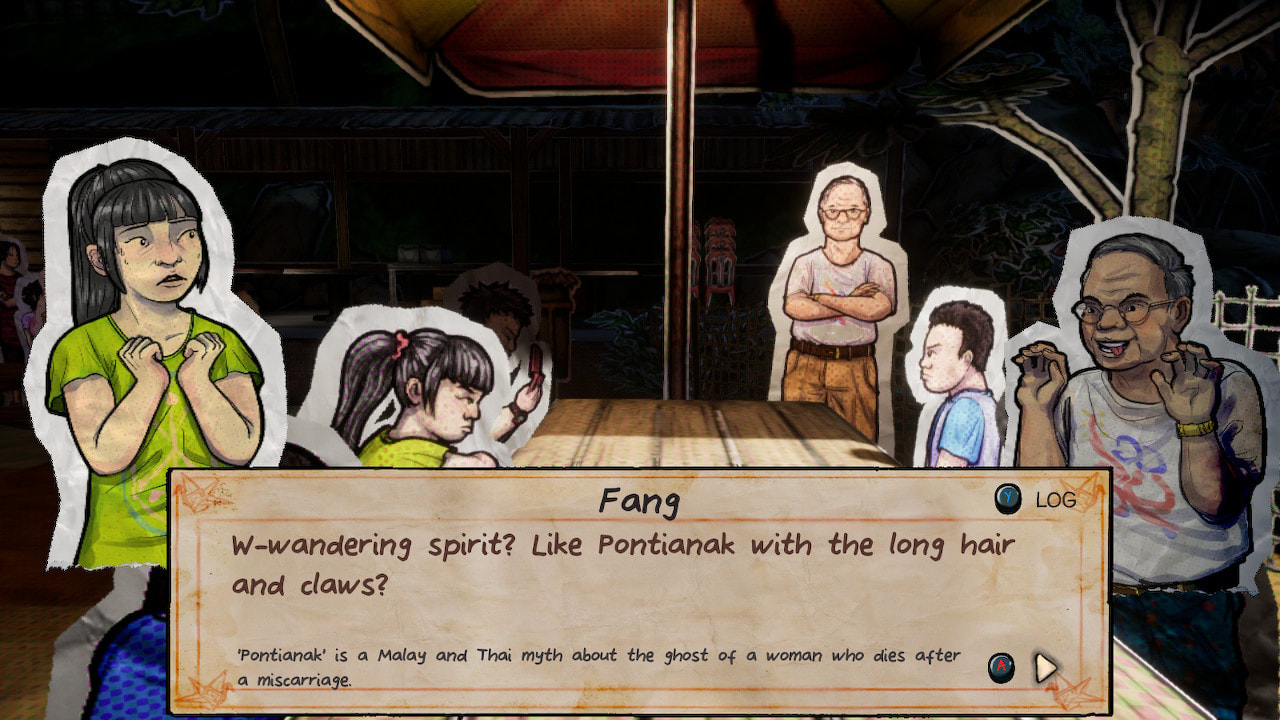

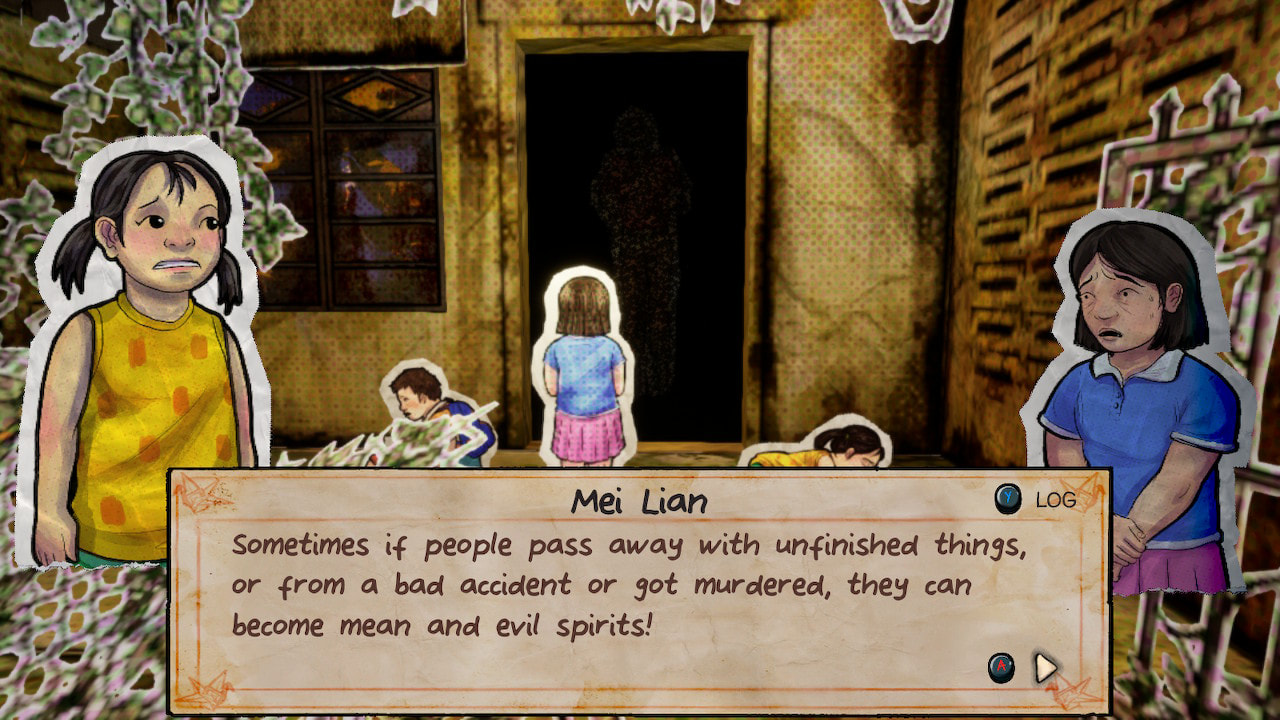
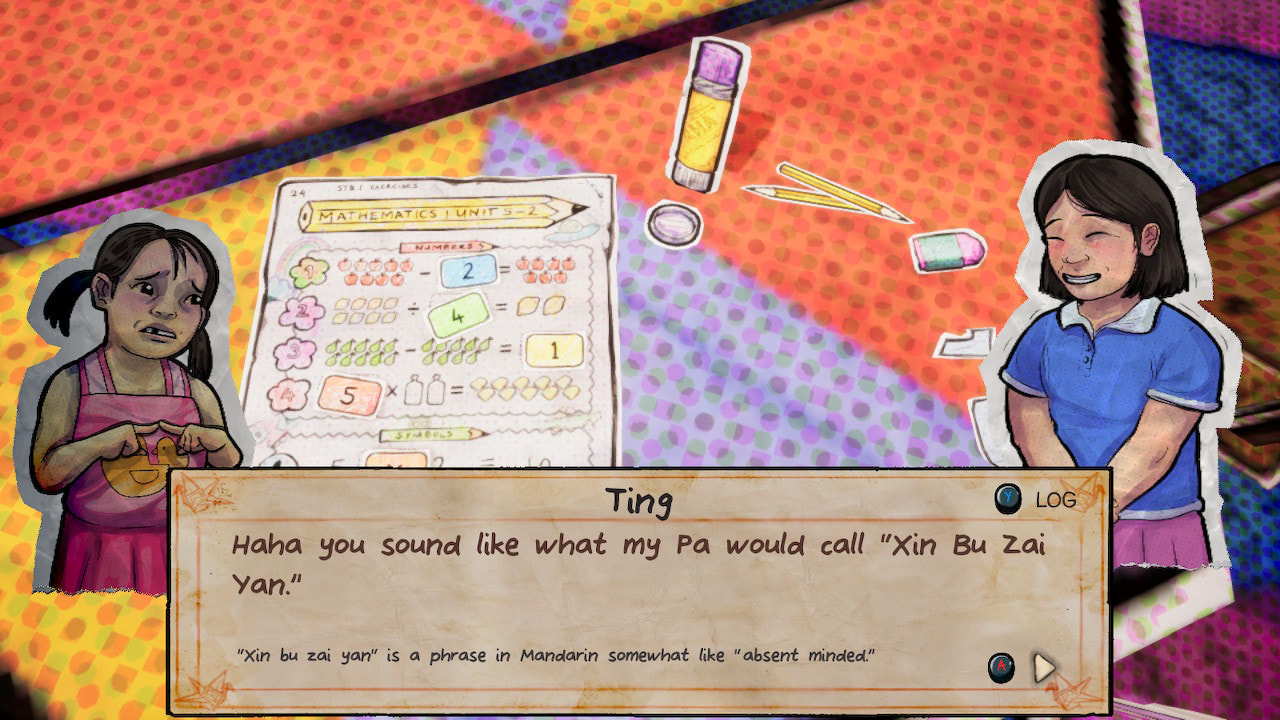
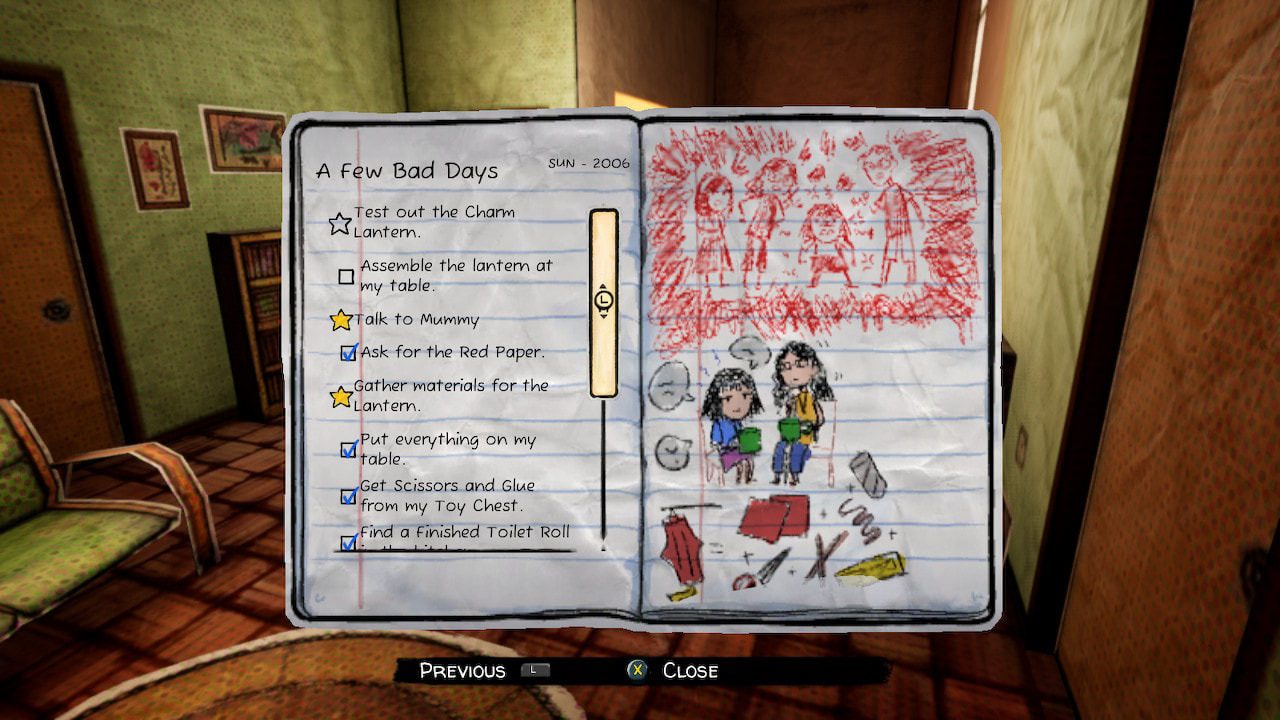
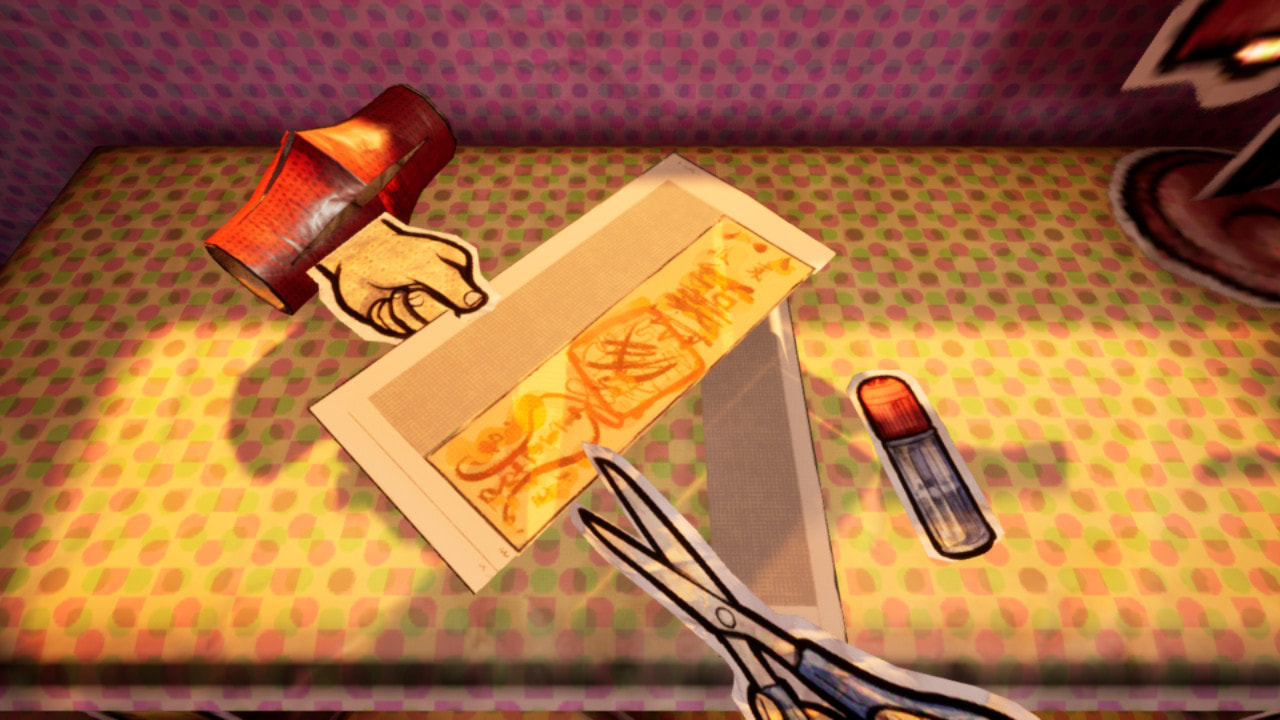
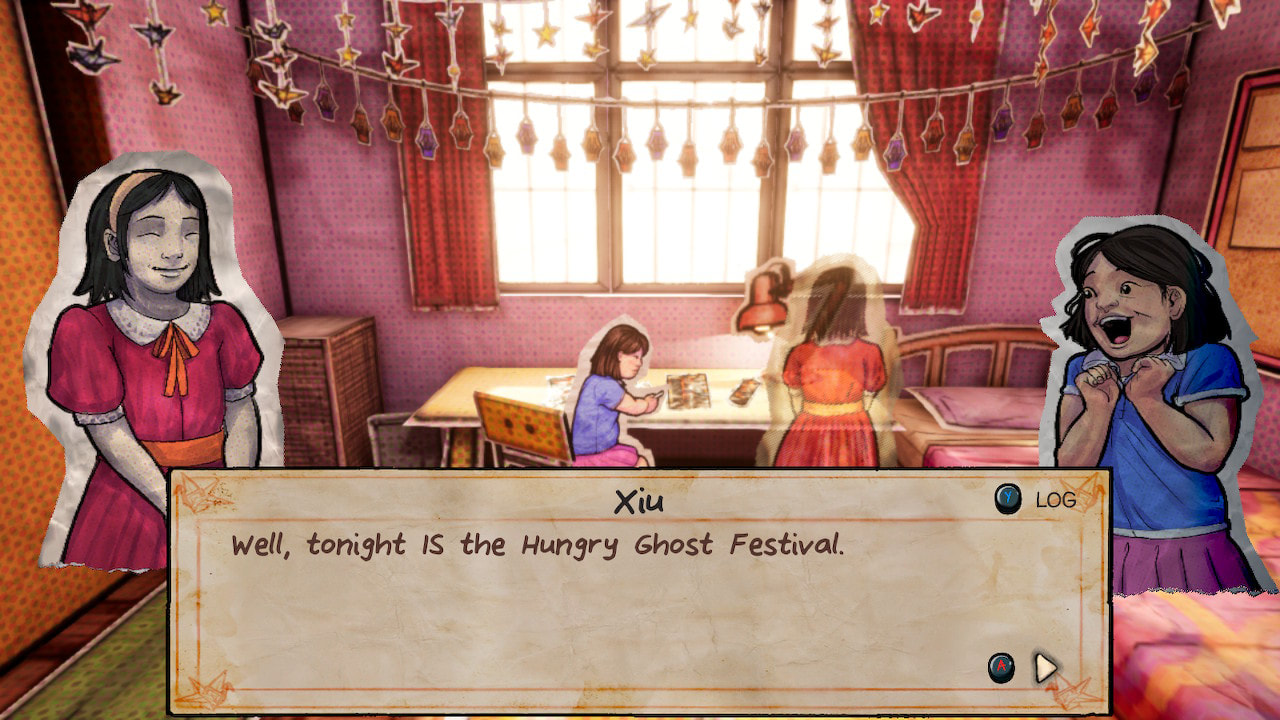

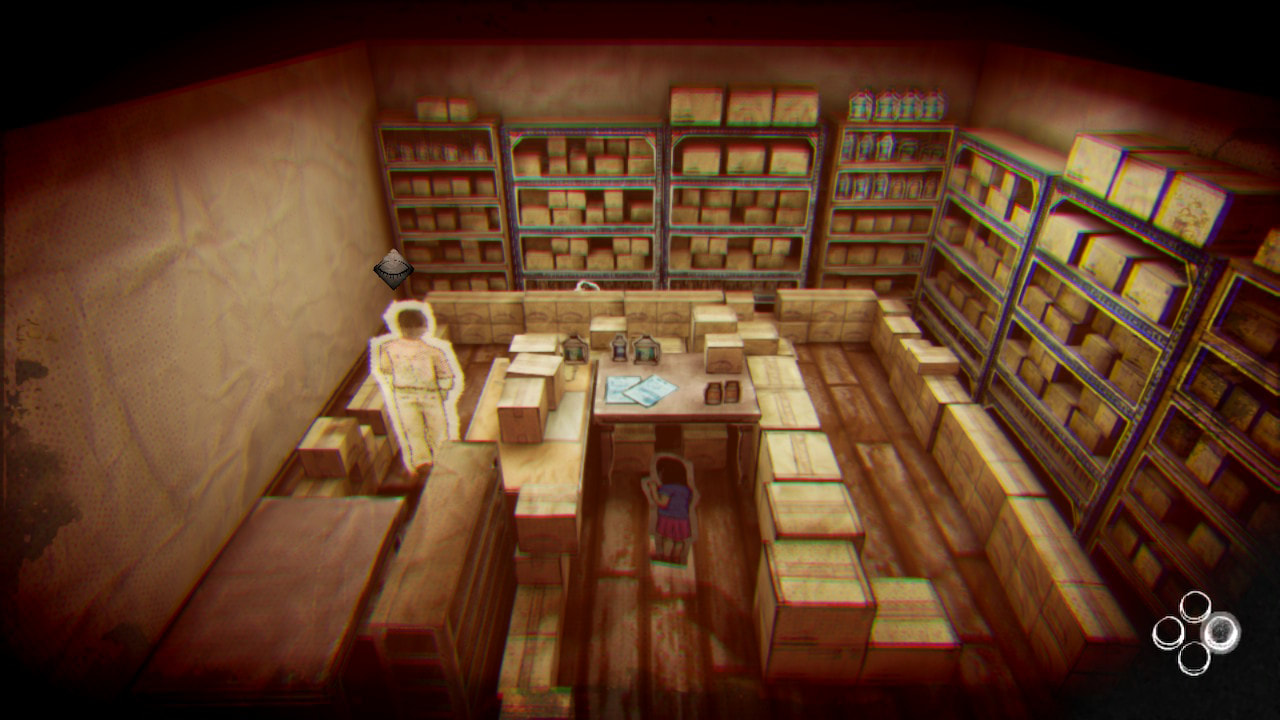
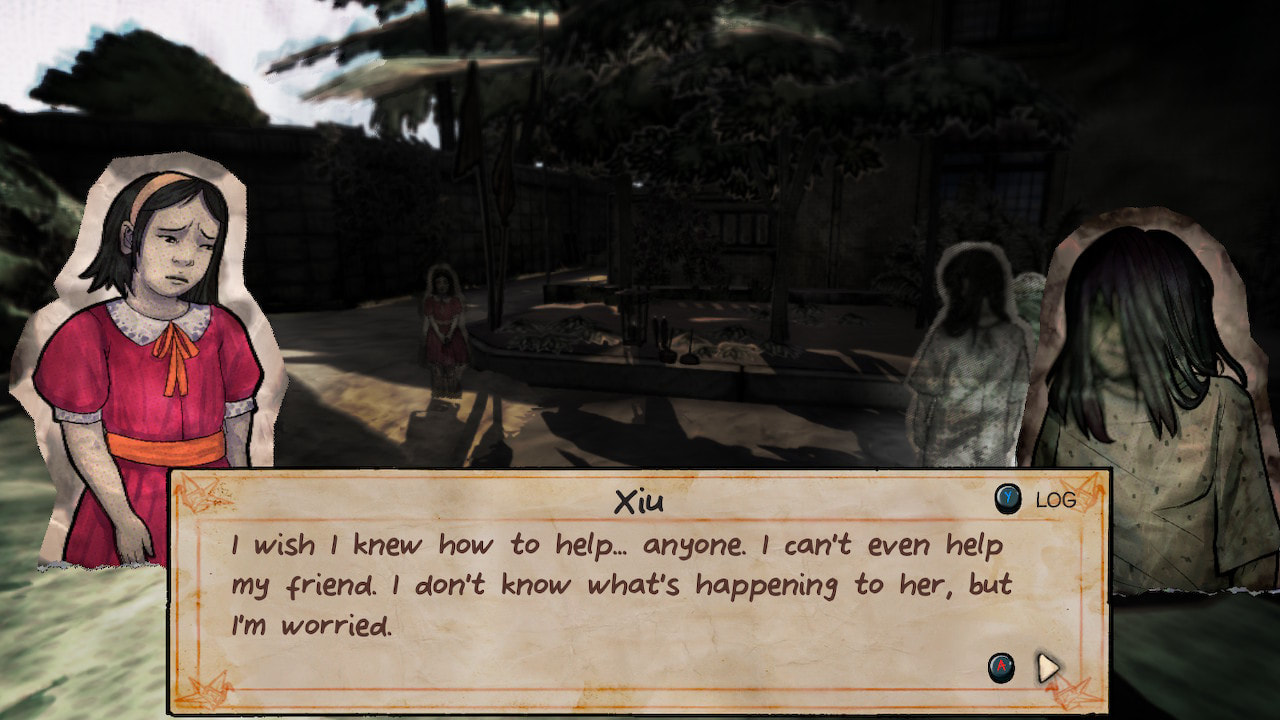
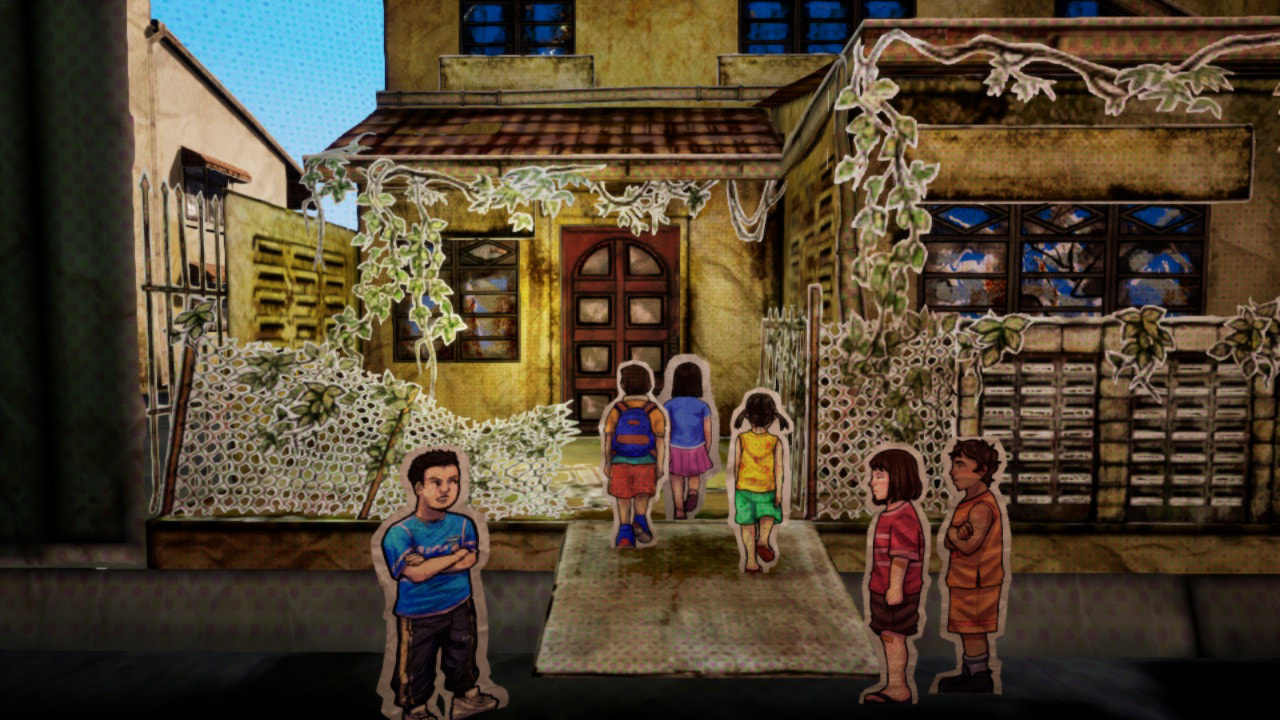


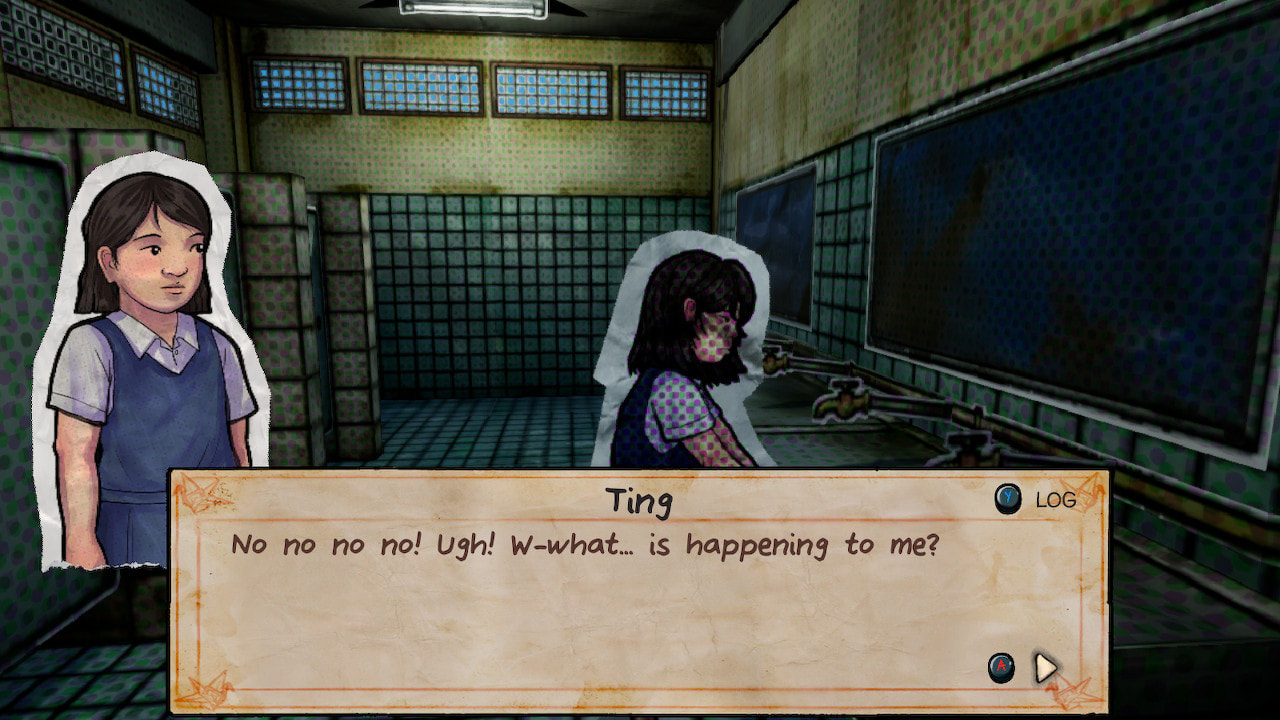
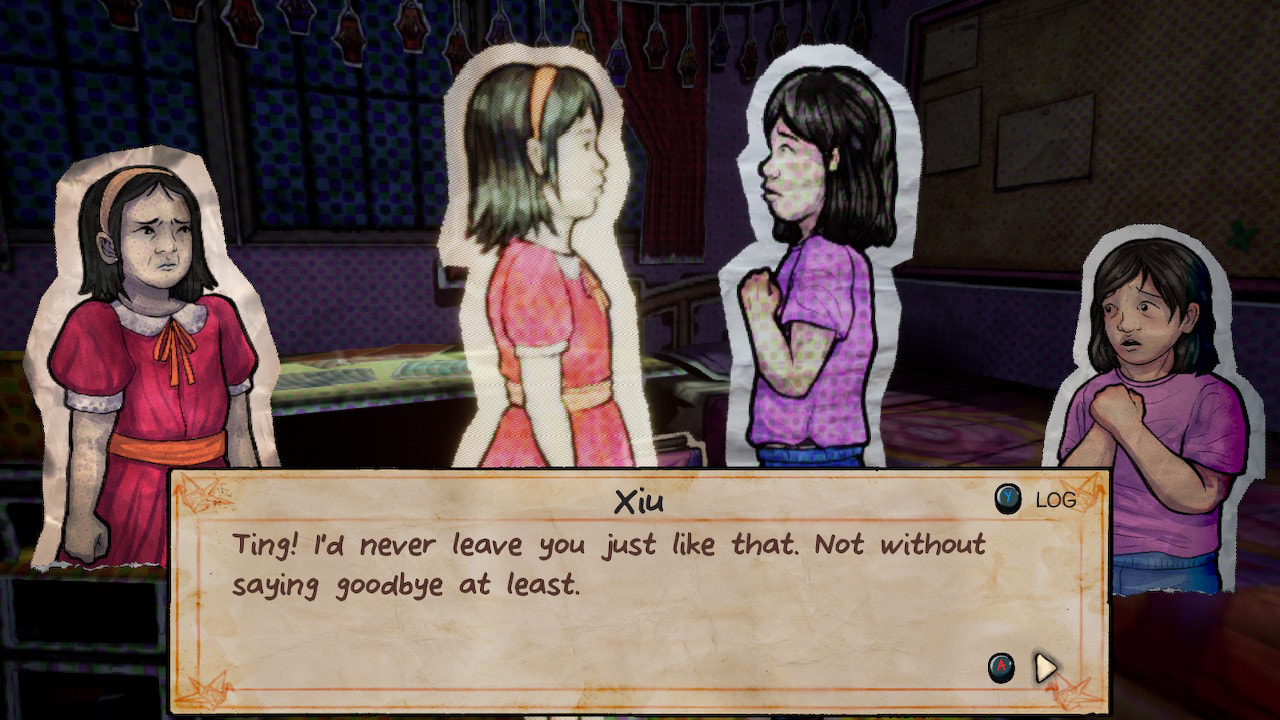
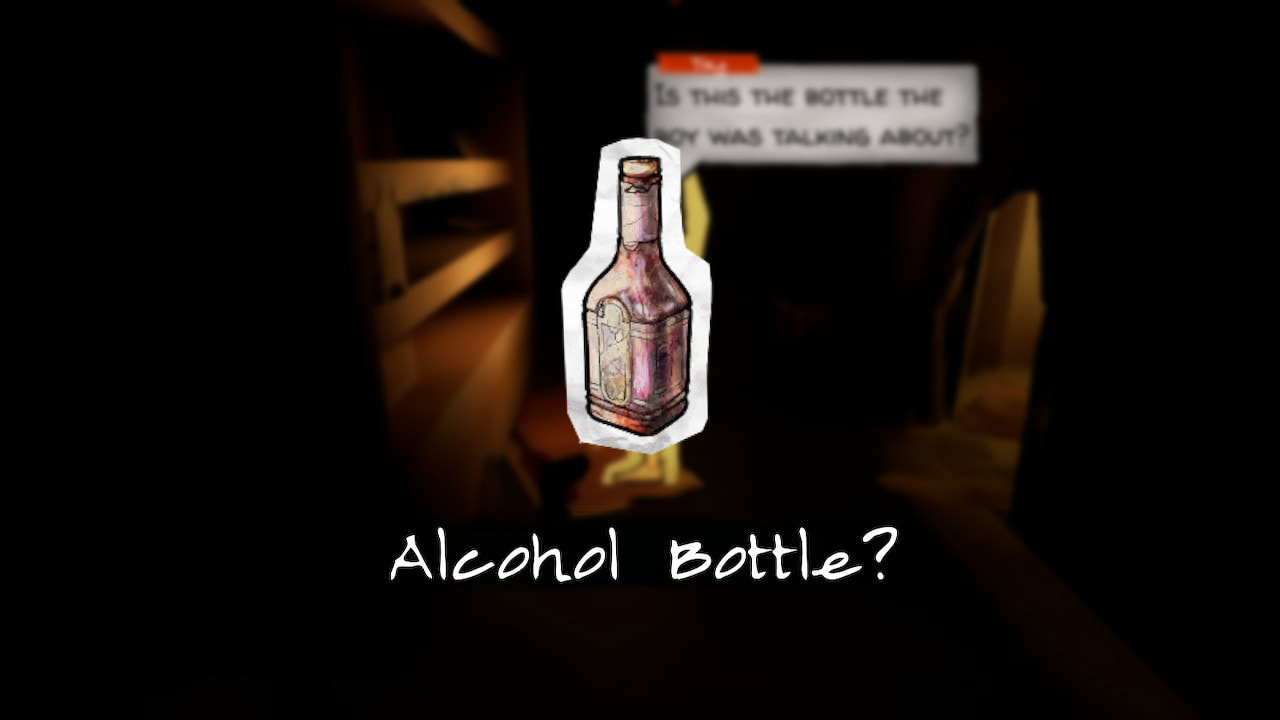

 RSS Feed
RSS Feed